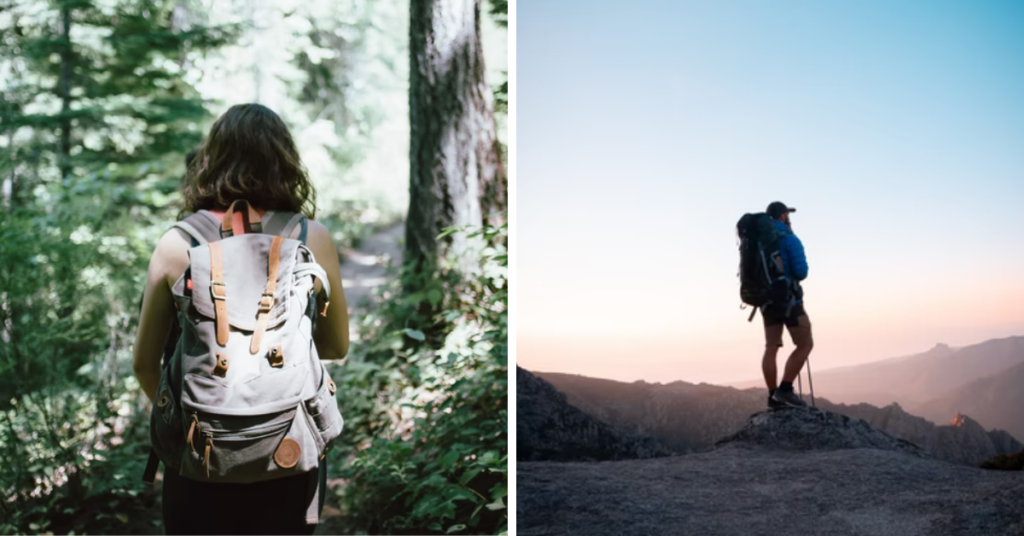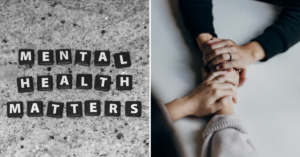Hiking is a great low-impact exercise. Hiking, unlike treadmill walking or walking on a paved road, entails more unanticipated hazards, but that’s part of the fun! However, it can also be dangerous and requires extra preparation. Therefore, among Glitz editors are hiking enthusiasts and we’ve gathered the best tips, hacks and essential things you need to note.
Hiking Tips For Beginners
Contents
Start simple
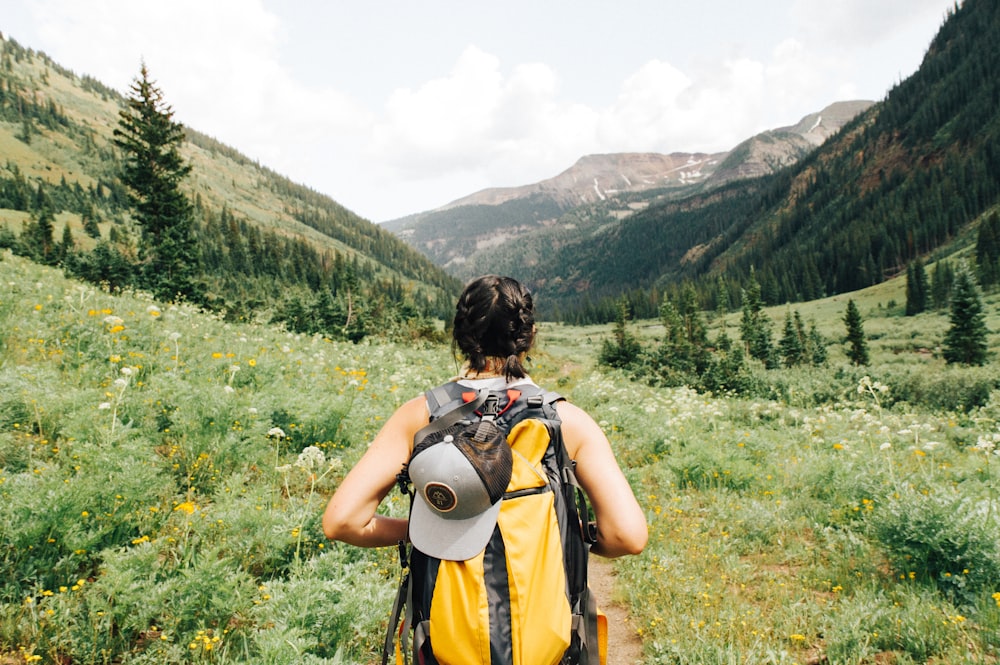
Choose a hike that is a bit shorter than the distance you can walk on a flat or paved surface ordinarily. Calculate the time it will take to trek the path by assuming a 3km per hour pace. After that, go through the elevation changes and add an hour to your expected trekking time for every 300 metres gained. After a couple of outings, you’ll have a good idea of what distances and elevation variations work best for you.
Planning ahead
Choosing a pleasant day to walk is the best approach to assure a pleasant experience for new hikers. You may be tempted not to allow bad weather to deter you from hiking, but inclement weather is often the cause of hiker mishaps, and it may also make a journey unpleasant. Even if you plan to walk rain or shine, knowing the weather ahead of time will allow you to pack the necessary gear to keep dry and safe.
Bring enough food and water
Water is the most crucial thing to bring on a trek since it sustains life. You’ll need a complete litre of water for every 2 hours you expect to trek, and it’s critical not to under-pack because getting lost or having to detour might add unplanned time to your journey. It’s preferable to pack high-energy food that doesn’t require refrigeration or cooking for a day trek.
Energy bars, dried fruit, cookies, and trail mixes are also popular options. You don’t need to overeat; just make sure you have enough to get you through your journey.
The right footwear
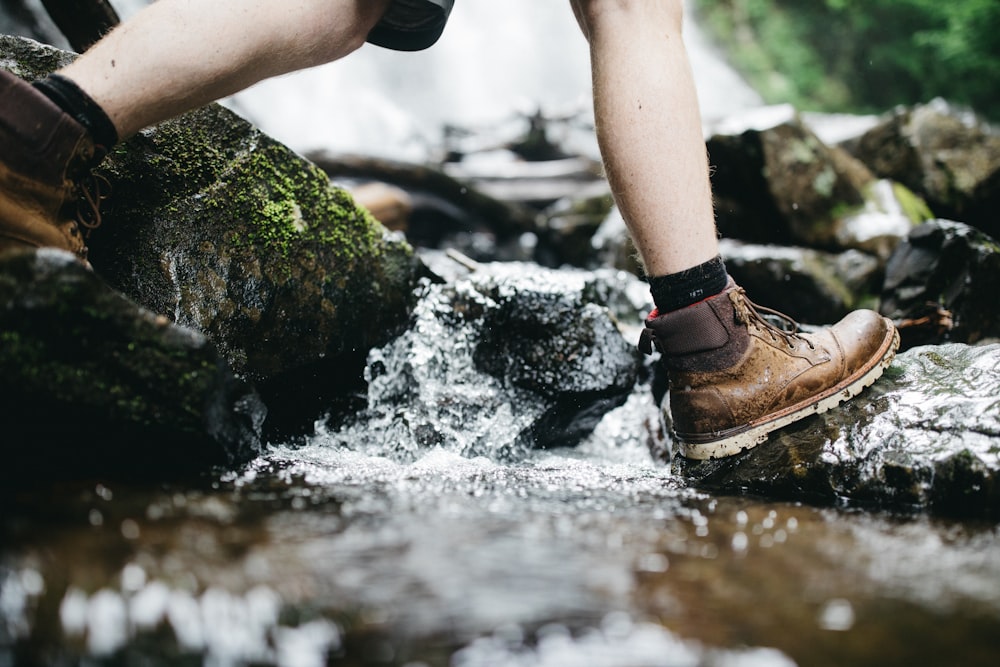
Blisters may ruin an otherwise wonderful trek, and they’re more likely to happen if your shoes and socks aren’t up to the task! We recommend going to your local outdoor store and being fitted with the correct footwear for you. They should be snug but not too tight, and they should be tailored to your specific fit and use case. Similarly, the sock may make or break a trek, so consider the appropriate length in conjunction with your footwear. The typical general-purpose hiking sock is a crew-length sock, and a nice pair is well worth the investment!
Bring a light source
Always leave plenty of time to get to your destination before it gets dark. If your trip goes longer than intended, being caught in the dark without a light might be dangerous, so have one with you at all times! For a hands-free approach, we recommend a headlamp so you can focus on balance and getting to your desired objective. Make sure you have something other than your phone flashlight, which can quickly consume your power and switch off.
Don’t go by yourself

After you’ve gained some expertise, you can begin to consider solo hiking. When you’re just starting out, it’s great to bring a companion or two along who can help you traverse the route, aid in the event of an injury, and, of course, make the trek more enjoyable!
There’s no need to rush
Isn’t it true that the trip is more important than the destination? Rushing through the trek in order to reach the waterfall, vista, or summit, for example, may detract from your overall hiking experience. Moving at your own speed, taking in the surroundings, and pausing for breaks as needed helps guarantee that you genuinely enjoy the trip. Plus, once you get to your destination, you’ll have enough energy to celebrate!
What To Bring With You During Your Hiking Trip
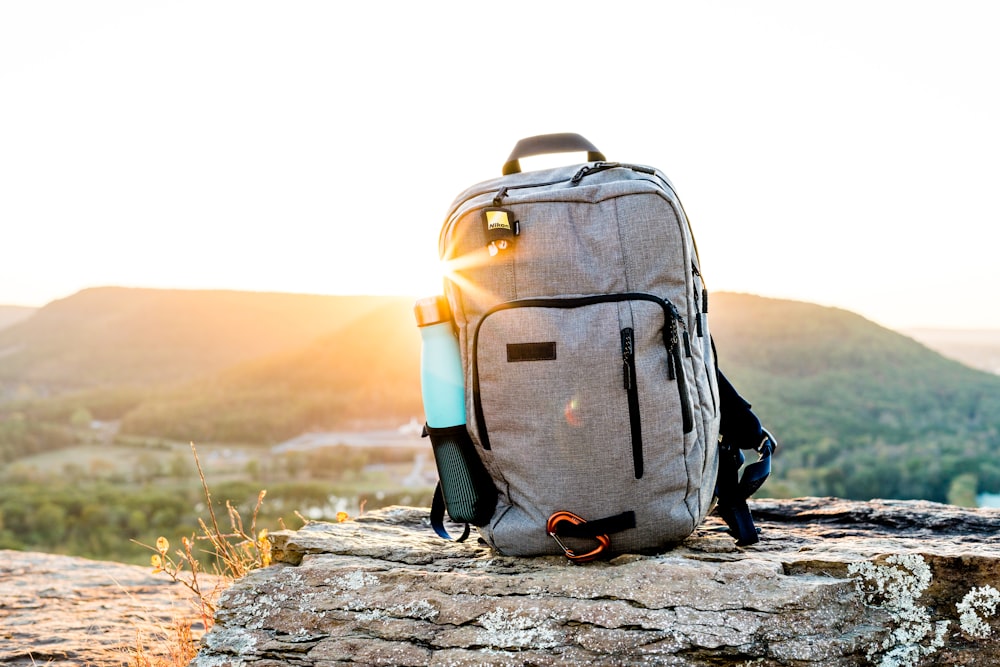
The ten necessities have evolved from a list of goods to a list of systems throughout time. These are the devices you’ll need to keep safe in the outdoors, even if you’re planning on staying the night. Expand or decrease each system based on the duration and remoteness of your trek.
- Map
- Compass
- Fire-starter or matches
- Simple first-aid kit
- Water
- Food
- Army knife or multi-purpose tool
- Flashlight and batteries
- Sunscreen and Sunglasses
The Right Attire
For your first trek, all you’ll need is breathable clothes, additional rain and warmth layers, and a good pair of shoes.
When you first start out, you don’t need anything sophisticated or hiking-specific. Any breathable exercise top would suffice. Cotton t-shirts absorb perspiration and get heavier as you trek, so avoid them.
Hiking pants are preferable to shorts because they protect you from prickly vegetation, mosquitos, and other insects. Wear clothing that is comfy and allows you to move around freely. Jeans and other heavy fabrics should be avoided at all costs.

